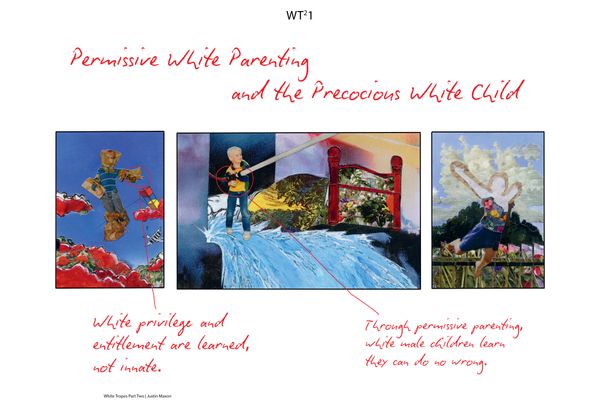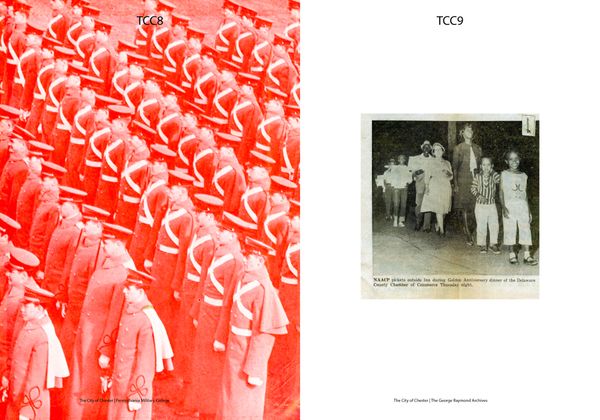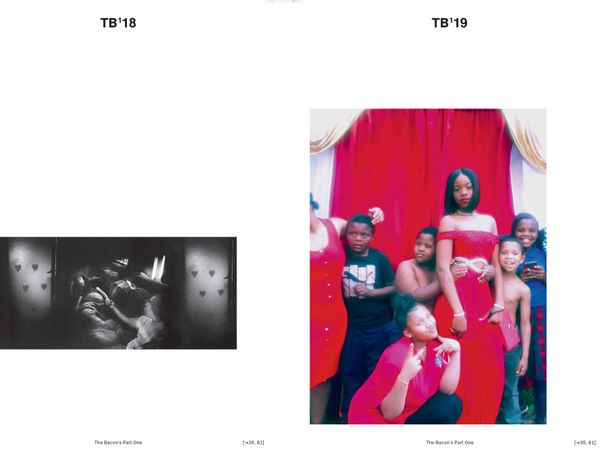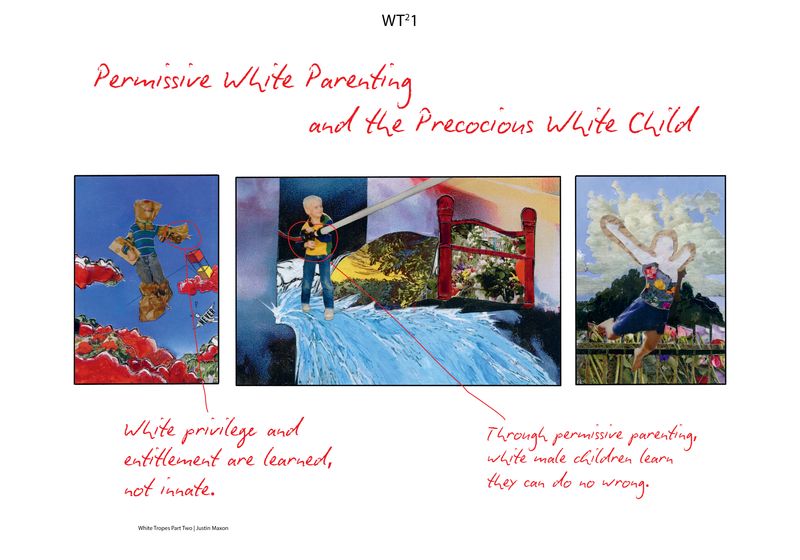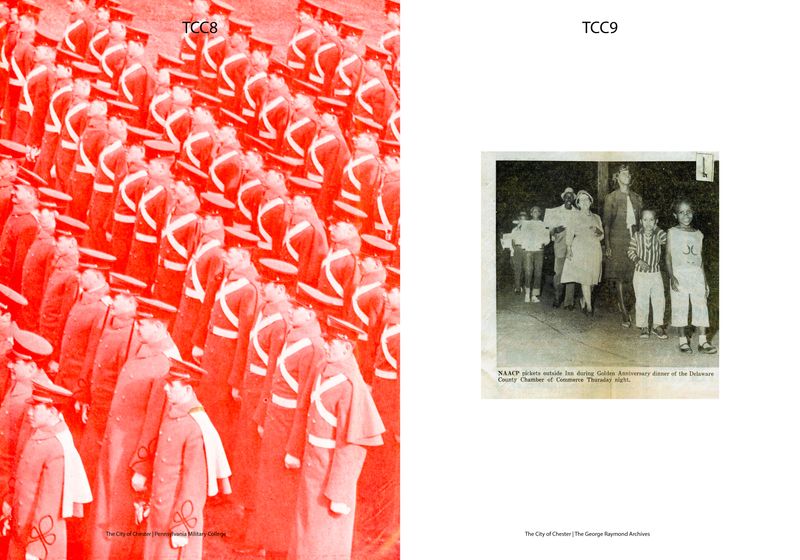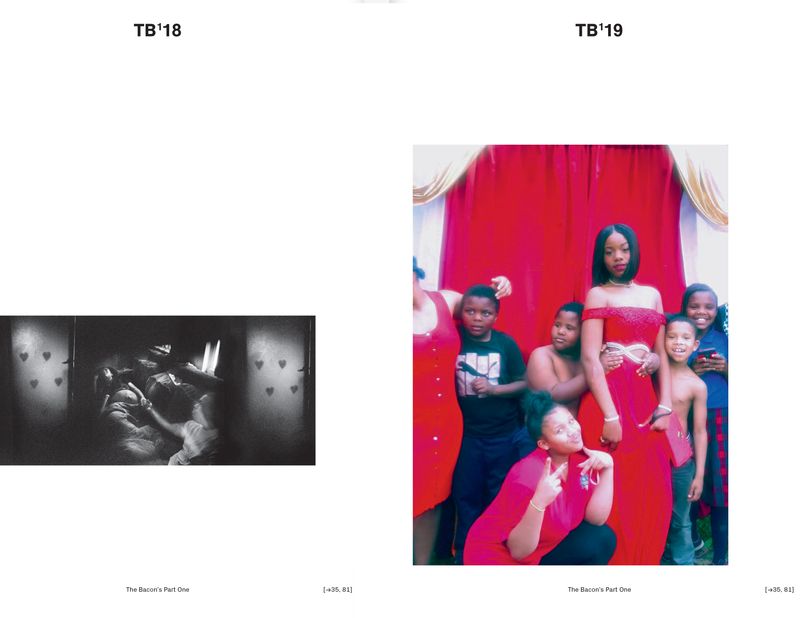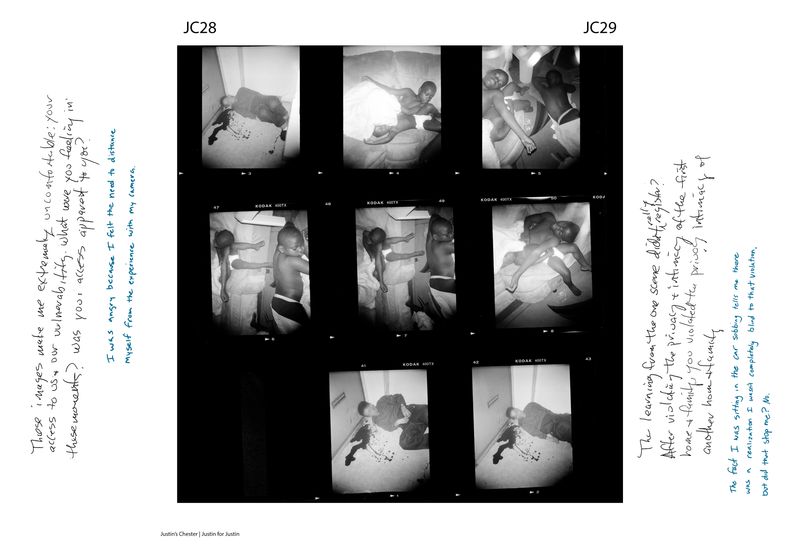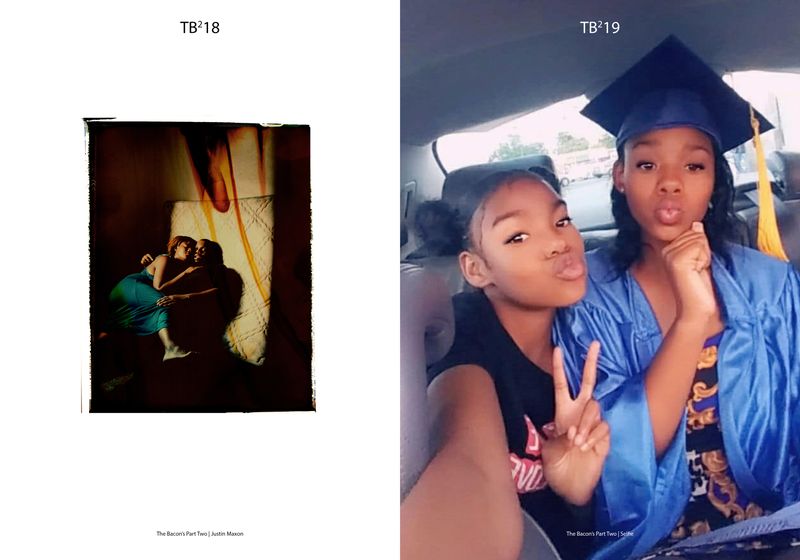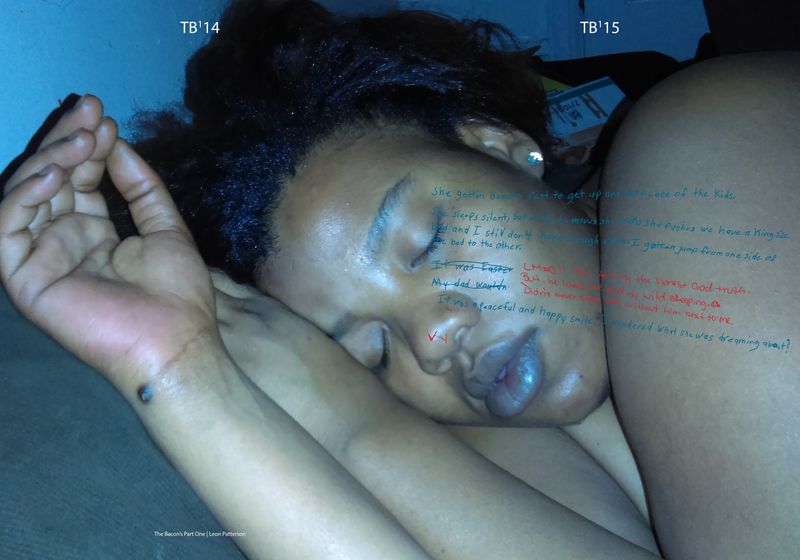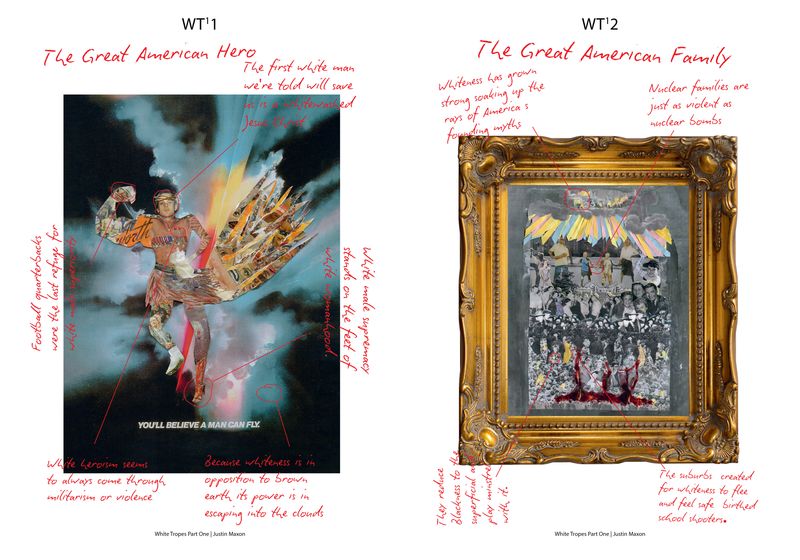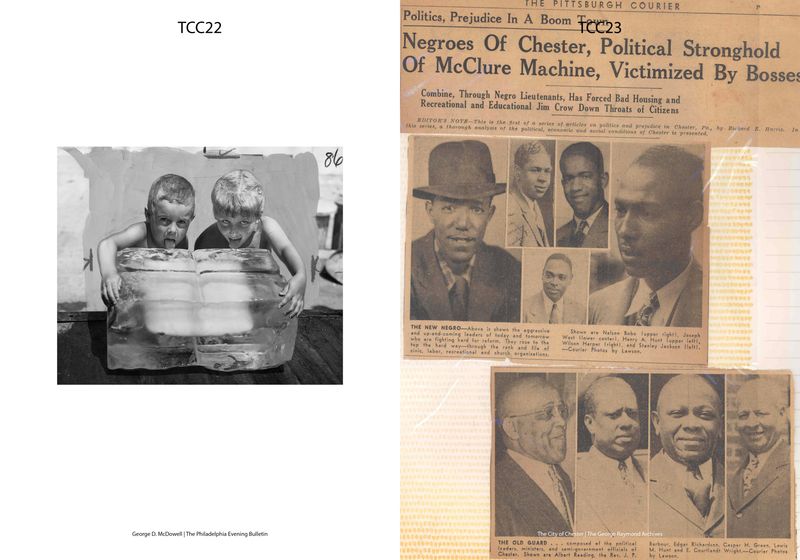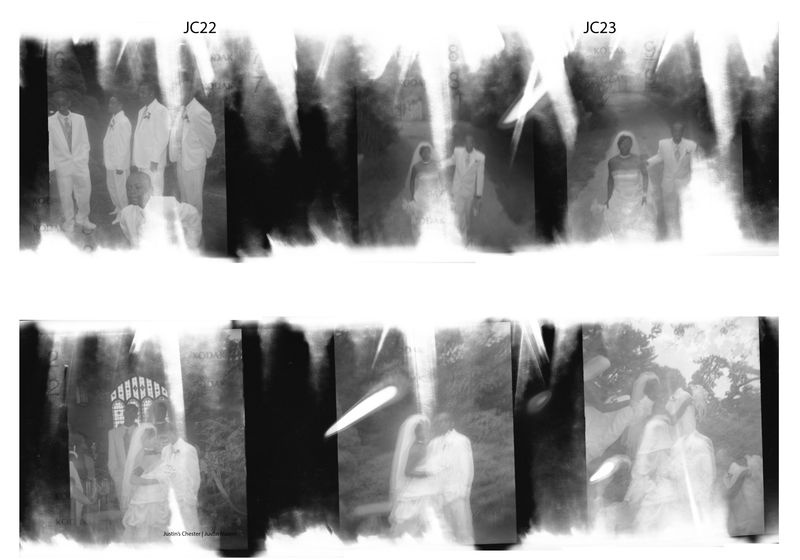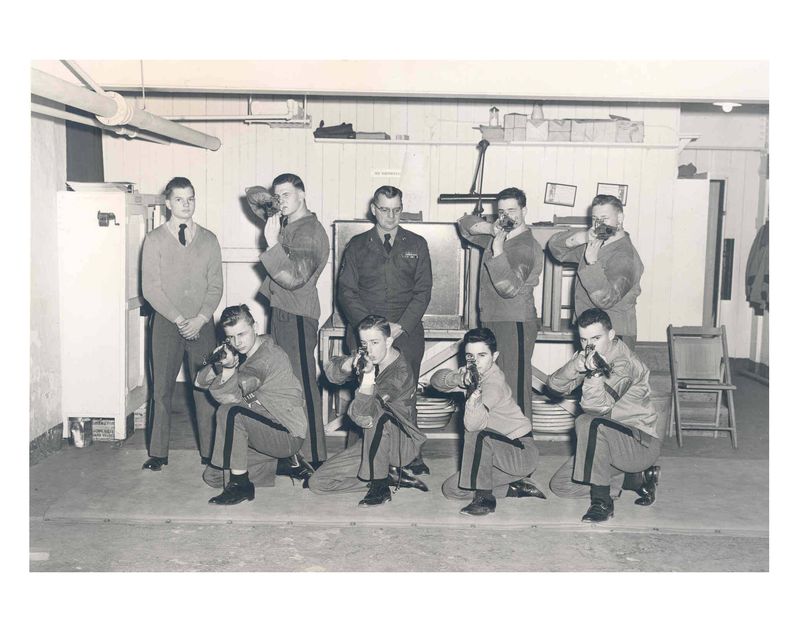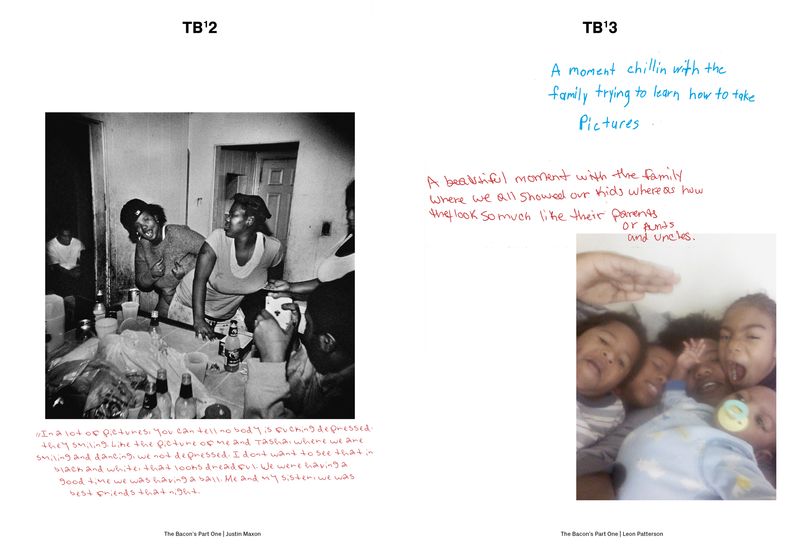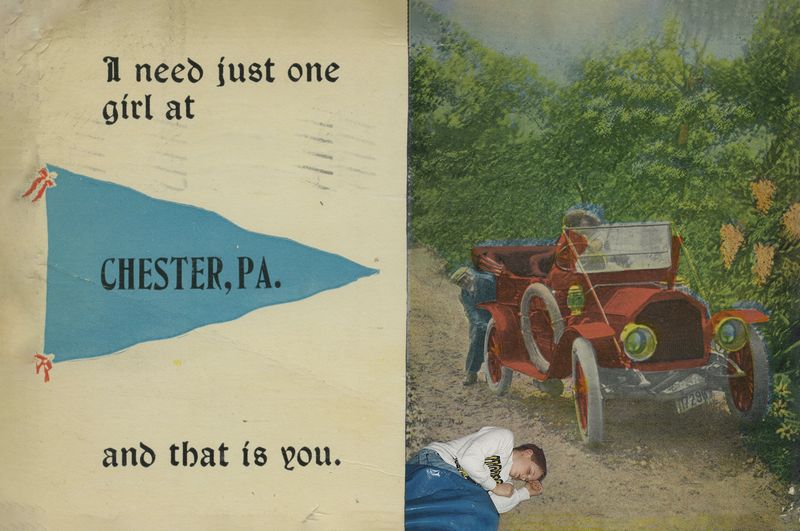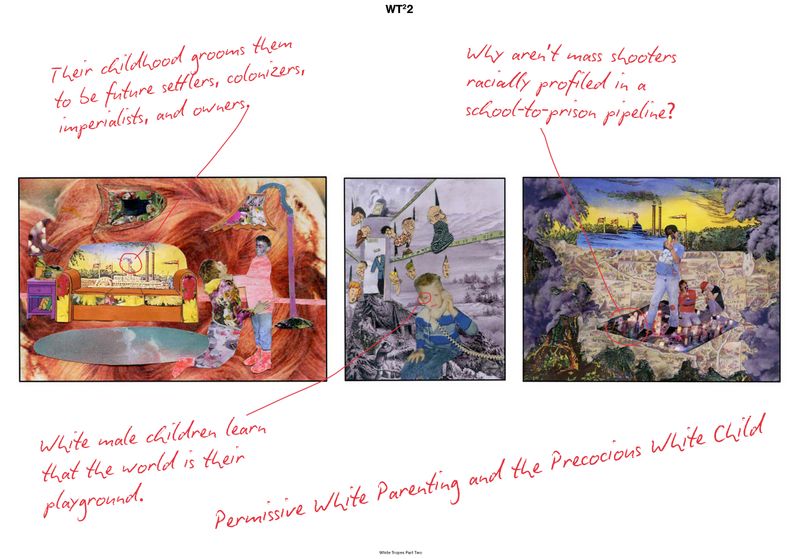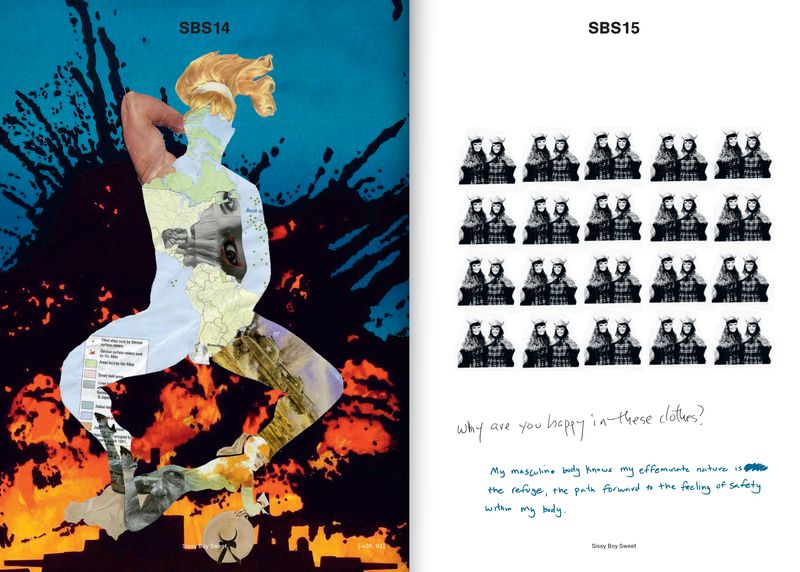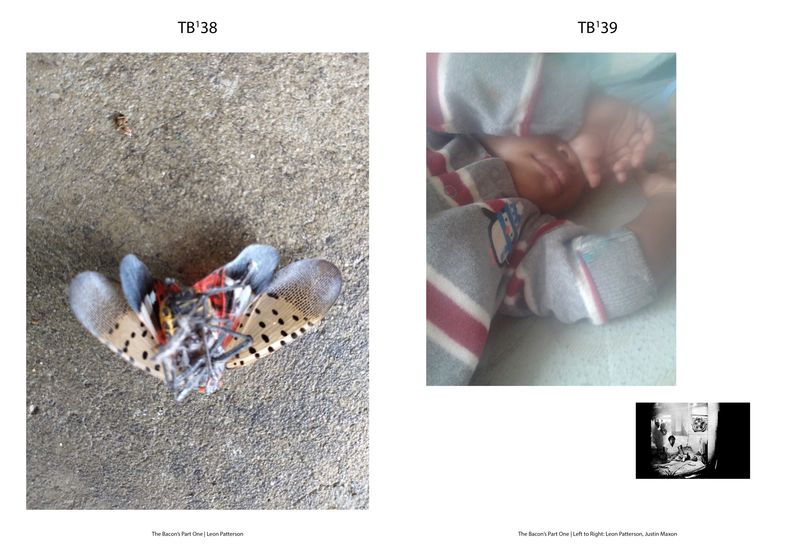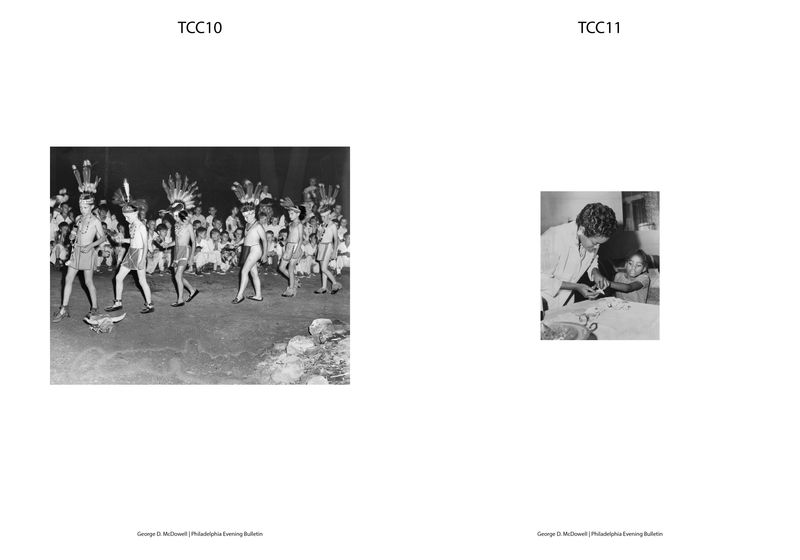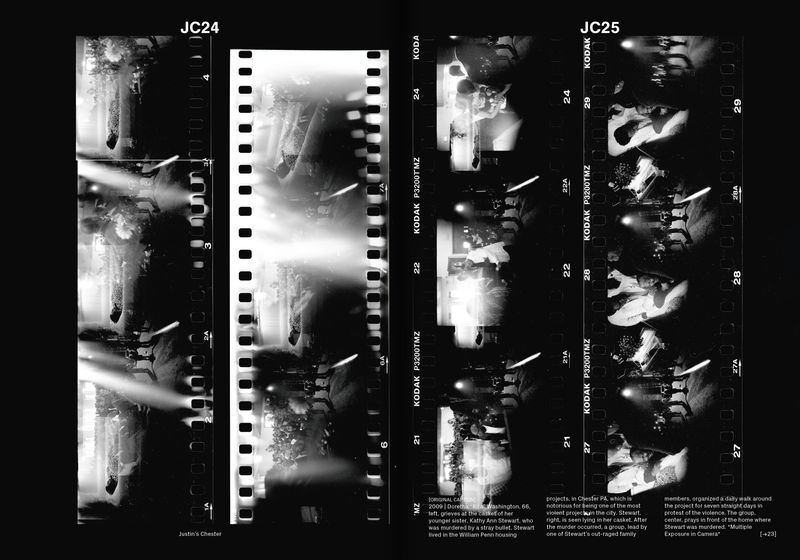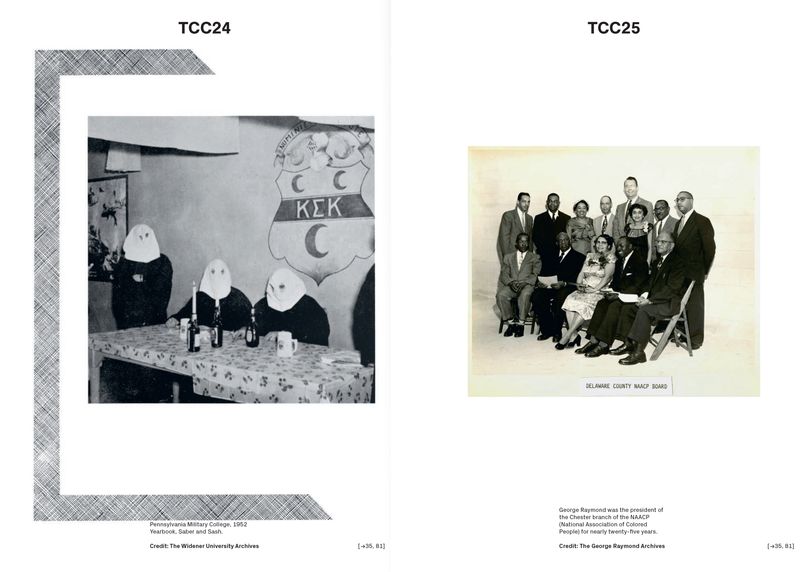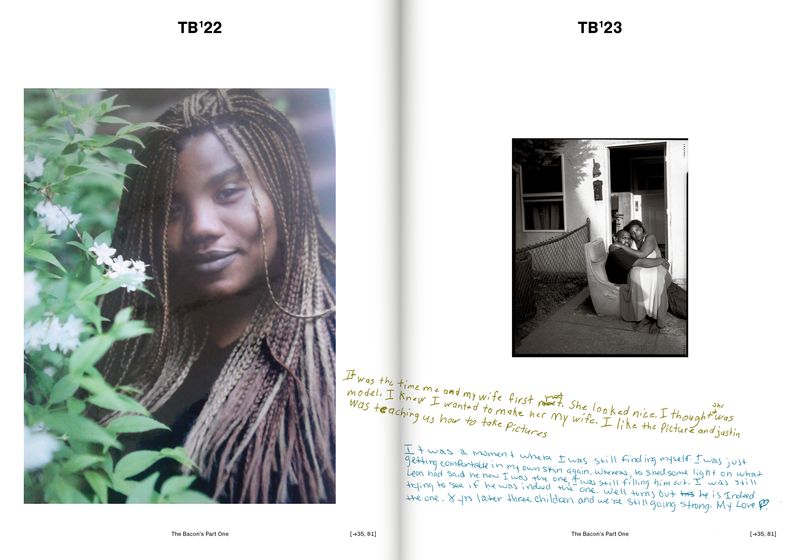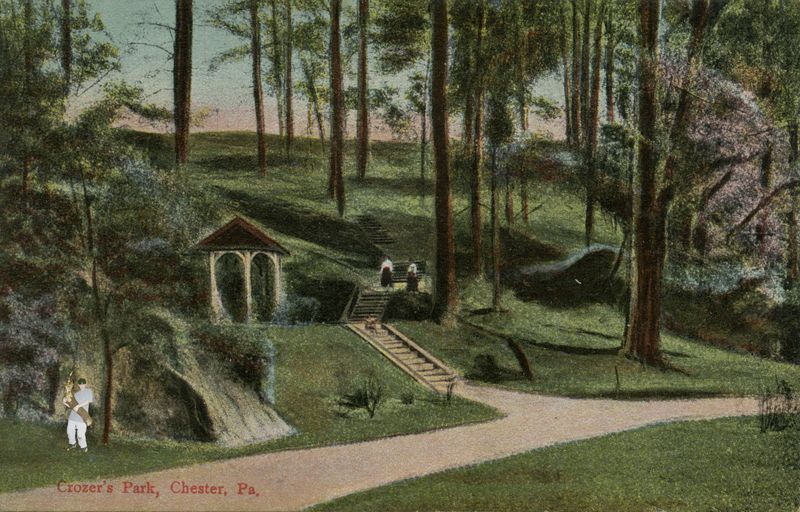Chester: Staring Down the White Gaze
-
Dates2008 - 2025
-
Author
- Location Chester, United States
-
Recognition
Chester is a layered, multi-authored exploration of how whiteness, white supremacy, and white nationalism operate in American visual culture by turning the white gaze back on itself—making it personal to reveal how it functions from within.
Chester: Staring Down the White Gaze is a layered, multi-authored exploration of how whiteness shapes American visual culture—historically and in the present—through an interrogation of image-making, authorship, and gaze. Co-created by Dr. H. “Herukhuti” Sharif Williams and photographer Justin Maxon, the book turns the white gaze back on itself—making it personal to reveal how it functions from within.
At the heart of the project is a visual glossary of white racial tropes, constructed using Maxon’s family archive and references from popular culture. This tool serves as an entry point for analyzing how whiteness is manufactured and reproduced over time. Featuring the work of artists from Chester, Pennsylvania—Desire Grover (artist), Wydeen Ringgold (citizen journalist), Leon Paterson (photographer), and Jonathan King (activist)—the book juxtaposes their work with mainstream media representations of the city, including Maxon’s photographic coverage from 2008 to 2016 and other contemporary and historical local media, to challenge the construction and embodiment of whiteness while encouraging reflection and conversation about its impact on society.
Throughout the book, Dr. Williams raises critical questions that prompt readers to consider their own complicity in systems of representation. This dialogue is central to the book’s form and function, allowing readers to witness not only the critique of the white gaze but also the collaborative process of challenging and reimagining it.
Chester’s structure mirrors its conceptual framework. Designed by Teun van der Heijden, the book is organized into zine-like, interlocking sections that can be read in multiple ways. Each page in each section is coded to connect it thematically with other pages in other sections of the book. Readers may move through the book linearly, from cover to cover, engage with sections out of order, or follow a series of thematic codes that link pages across the book. This non-linear structure invites a self-determined reading experience, encouraging readers to forge their own path—mirroring the necessity of individual reflection when confronting one’s relationship to whiteness.
